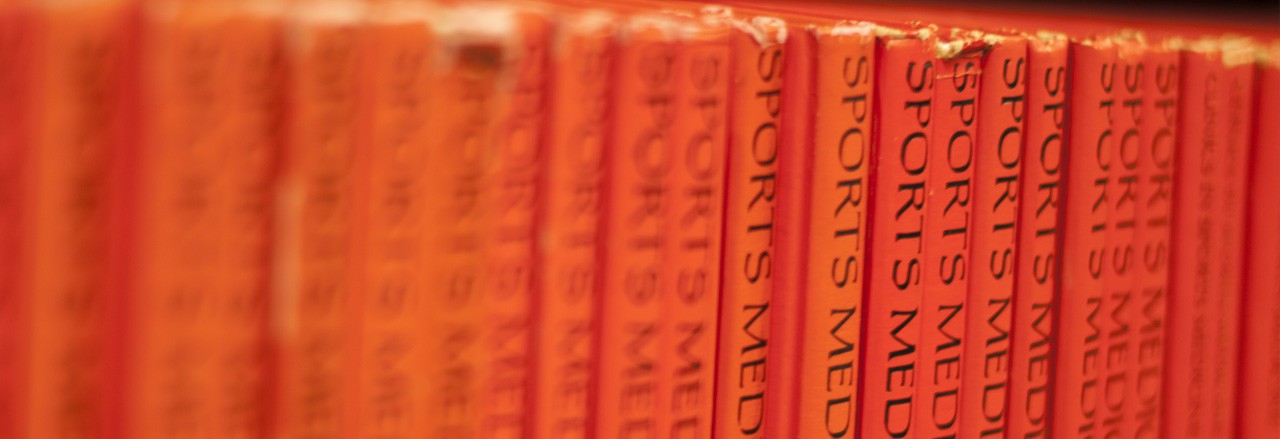General Information
- The shoulder is the body’s most mobile joint.
- The same anatomy that gives the shoulder its amazing mobility and range of motion also makes it vulnerable to dislocating or becoming unstable, a condition called instability.
- Instability is a catch-all term that means the ball does not stay in the socket the way that it should giving you a sense of abnormal looseness or the sensation that it is going to come out when you put your arm into certain positions.
- There are several different types of shoulder instability such as:
- By the direction of instability – anterior (front), posterior (back), or multidirectional.
- By the way it happened – traumatic (from a specific injury) or atraumatic (without a specific injury).
- By the degree of instability – dislocation (completely came out of socket) or subluxation (ball came part way out of the socket).
- Posterior shoulder dislocations are less common (2-5%) than anterior and more commonly missed on diagnosis
Anatomy & Function
- The shoulder is a ball-in-socket joint, but the socket (glenoid) is very shallow making the shoulder look like a golf ball on a tee.
- The glenoid labrum is a soft tissue structure that goes around the rim of the glenoid forming a bumper that helps to deepen the shallow glenoid socket.
- The labrum also serves as an attachment site for the capsule that surrounds the shoulder and the glenohumeral ligaments that help keep the ball in the socket.
- The rotator cuff is a series of four tendons that work together to stabilize the shoulder, keeping the ball appropriately positioned in the socket during shoulder motion.
- A reverse Bankart lesion is caused by damage to the bone and/or labrum along the back of the glenoid
- A reverse Hill-Sachs lesion is a bony indentation in the front of the humeral head that commonly happens because of a posterior dislocation
- The axillary nerve is a major nerve that provides motor function to the large deltoid muscle and sensation to the skin on outside of the shoulder. This nerve can be damaged when the shoulder dislocates. Injury is usually temporary, but it may affect the timing of surgery.
Injury & Risk Factors
- Dislocation is when the ball comes completely out of the socket, usually during a forceful injury. Some dislocated shoulder will pop back in on their own, while others may require a “reduction” which is when another person puts it back in place.
- Subluxation is when the ball partially comes out of the socket. This can cause similar injuries to a full dislocation and is more common cause of posterior instability.
- Micro-trauma occurs over longer periods of them due to repetitive injury and damage to the structures that keep the ball in the socket. This can result in a loose or painful shoulder. This is common among football linemen.
- Seizures and electric shock cause a powerful contraction of the muscles around the shoulder and can result in posterior dislocation/instability
- Contact sports put people at higher risk of shoulder instability and recurrent shoulder instability.
- Generalized laxity
- Bone deficiency
Signs & Symptoms
- At time of injury:
- Feels like it “popped out” or “slipped”
- Pain
- Sensation of a “dead arm”
- After the injury:
- Pain
- Bruising
- Afraid to do certain activities (apprehension) because of fear that it will come out
Diagnosis
- Physical examination
- Apprehension
- Range of motion
- Rotator cuff strength
- Positions and movements that reproduce pain
- X-rays help determine that the shoulder is in place (reduced) and helps us see if there are any injuries to the bone. X-rays do not show soft tissues.
- CT (computerized tomography) scan is a specialized tool that shows the bone in great detail. If Dr. Taylor is particularly concerned about the amount of damage to the bone caused by your injury he may request a CT scan.
- MRI (magnetic resonance imaging) is a very useful tool that lets Dr. Taylor look at the soft tissue anatomy of your shoulder to help determine the extent of your injury and the best treatment strategy.
Treatment Options
Treatment plan is specific to an individual patient and requires many factors to be considered such as age, level of activity, and the severity of injury. Below are general considerations. Dr. Taylor will work with you to help create the best treatment plan for you.
Non-Surgical Care
- Non-surgical approach is a reasonable option for many patients.
- Initial immobilization
- Structured physical therapy protocol to strengthen the muscles that stabilize the shoulder
Surgical Treatment
- Surgical treatment may be needed in young and/or high demand patients and those who have had recurrent instability or pain after attempted non-operative treatment.
- In the majority of patients, the surgery is performed arthroscopically through small poke-holes in the skin. The damaged or torn capsule and labrum are repaired to the glenoid using small anchors that are placed into the bone.
- In some patients, the surgery needs to be done through an open incision. This decision will be made based upon the extent of the injury and the magnitude of injury to the bone.
- The time to return to activity varies by patient but is typically around 6 months.


